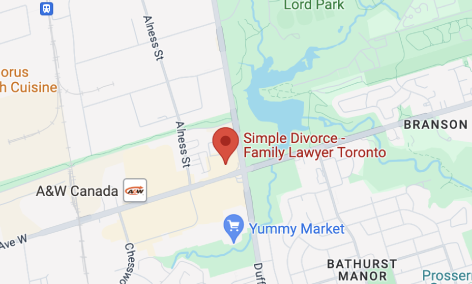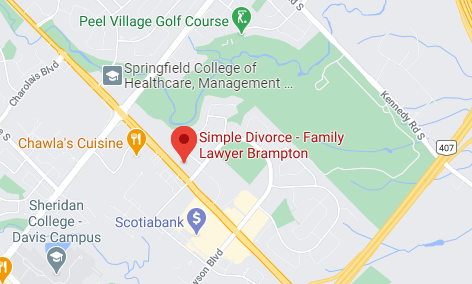A General Overview of Child Custody and Access in Ontario
Dealing with issues relating to child custody and access in Ontario during a separation or divorce is can be difficult. Not only are children vulnerable parties during this stressful time, they are often forced to adjust to a new way of life. In addition, parents are usually unaware of how to make decisions relating to their children and seek out legal advice to understand their rights and obligations during this hard time.
A common issue during a divorce or separation is child custody and access. In order to clarify the rights of parents relating to custody and access, Ontario has enacted the Children’s Law Reform Act (CLRA for short). The CLRA applies to both married and unmarried couples with respect to child custody and access issues.
It is important to note that in Ontario, both the father and mother have an equal entitlement to custody of their children. However, in making the decision of who is entitled to custody, a court must look at the paramount factor of what is in the ‘best interest of the children’. The ‘best interest of the children’ is the fundamental test that courts use in making almost any decision when it comes to children in separation and divorce matters.
Custody and access are important legal terms. The parent with custody is granted the power to make major decisions relating to the child’s upbringing and care, including issues related to religious activities, schooling and extracurricular activities, medical treatment and other major decisions involving the child. The parent with access, however, is not granted the powers of the custodial parent, and his or her rights are generally limited to visitation rights and rights to information regarding the child from the custodial parent, teacher and other individual or groups in the child’s life.
There are variations of custody, namely, sole custody, joint custody and shared custody. Sole custody is exactly as it sounds, and is probably the most common type. In sole custody the custodial parent makes all the major decisions as stated above and the access parent’s rights are restricted as noted above.
In joint custody, however, both parents have an equal right to make the major decisions affecting the child’s upbringing and care. It is important to note that in joint custody situations it is not necessary for the child to live with both parents. It is common to have joint custody situations where a child primarily lives with one parent but the other parent retains an equal power to make major decisions in the child’s life.
The situation where a child lives at least 40% of the time with each parent is referred to as shared custody. In this situation the parents have joint custody in the sense that they both have the power to make the major decisions in the child’s life, but in addition the child also spends an approximately equal amount of time with each parent.
There are two main approaches in deciding how custody and access issues will be decided. The first method is through a separation agreement. This route requires the cooperation of both parties, generally with the assistance of a divorce lawyer, to sit down and decide on how they will resolve the issue of custody and access. This is usually the most cost effective, efficient and a desirable way to reduce conflict in the relationship of the parties involved.
If, however, the parents are unable to cooperate, the issue of custody and access will invariably have to be decided in court. The implications of going to court means that it is not the parties who will decide what is in the child’s best interest, but rather a judge who after hearing the evidence will make a decision on child custody and access.
For more information on child custody and access in Ontario or about obtaining a divorce in Ontario, please contact our Toronto divorce lawyer.
Helpful Resources:
Divorce and Separation
Family Justice Services
Child Custody and Access
Spousal Support
Child Support
Division or Equalization of Family Property
Treatment of a Matrimonial Home
Enforcement of Support Payments
Child Protection
Child Adoption



